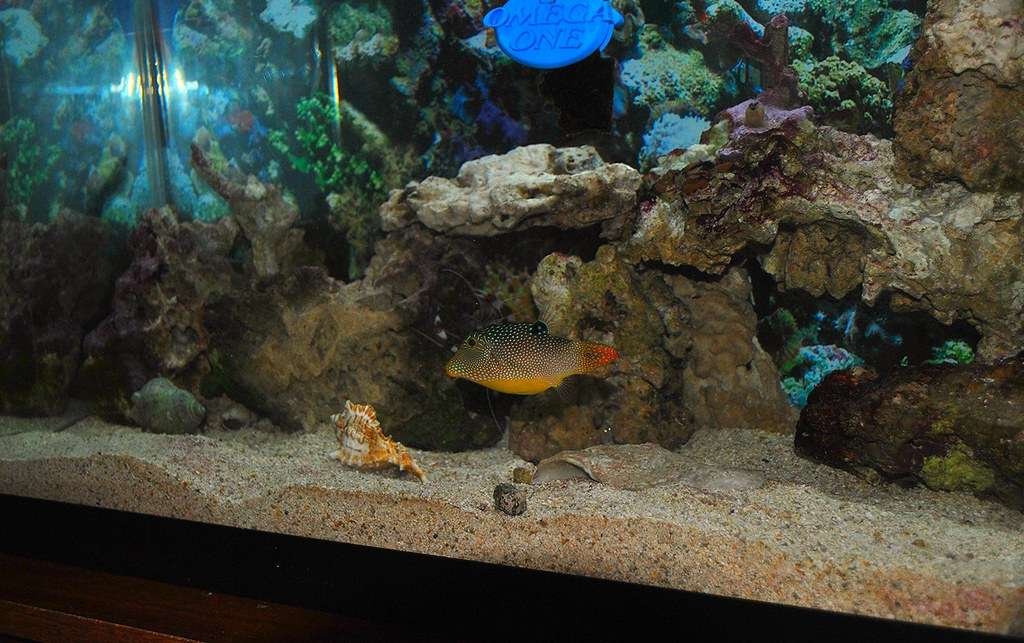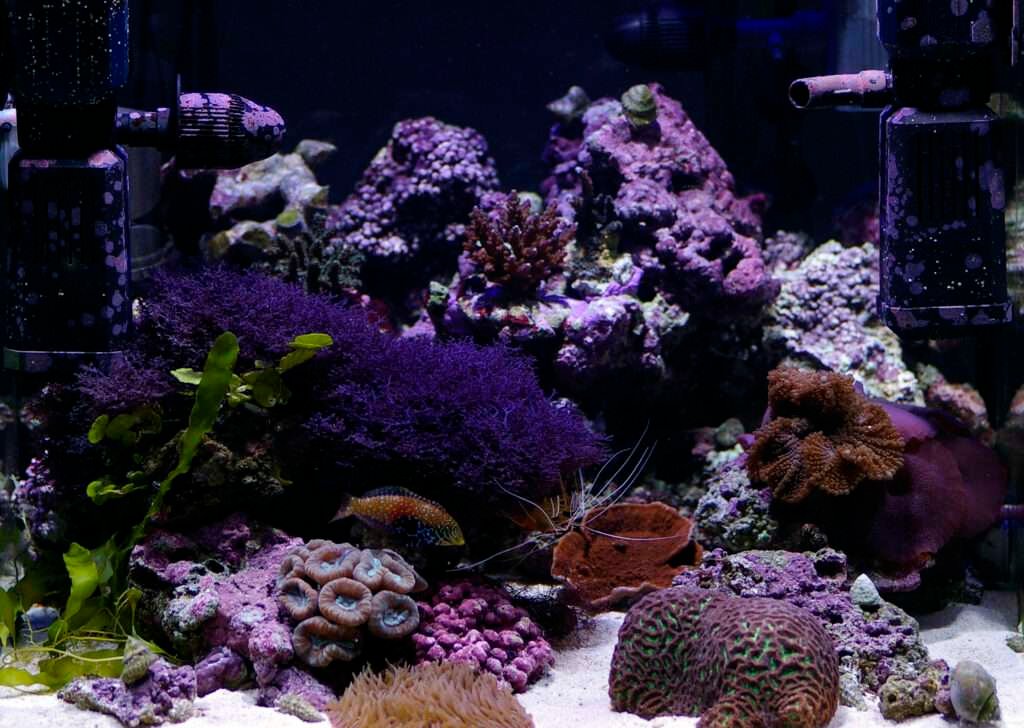What is salinity?

The salinity of water is the amount of salt that is in it. To put it more simply, it checks how much salt is in the water.
Why is it important?
Coral and fish that live in saltwater have evolved to live in water with a certain amount of salt. This is called salinity. Most fish and coral can handle small changes in salinity, but big changes or levels that are too far from what is suggested can stress them out and kill them.
What is the best range?
There are various kinds of saltwater tanks, and each needs a unique amount of salt. Most people have one of these types:
Usually between 1.024 and 1.026 for reef aquariums. In reef tanks, the amount of salt usually falls between 1.023 and 1.028. It is best to keep the salinity between 1.024 and 1.026 (32 and 35 ppt), though, so the corals can stay healthy.
Aquariums for only fish: Range: 1.019 to 1.023 on average, with salinity levels between 1.019 and 1.023; these tanks are good for saltwater fish. This amount is too low for most corals, but it can help keep parasites and other pests away from aquarium plants.
For brackish aquariums, the normal range is between 1.002 and 1.022. When salt water mixes with fresh water, the water becomes brackish. Salt’s percentage can be very different, but it’s usually between 1.002 and 1.022.
How to Make Water with the Right Amount of Salt
If you want to put together a marine or saltwater tank, the first thing you should think about is how to make saltwater.
1. Pick the Right Salt Mix: There are different types of salt, so pick one that fits the needs of your tank. For example, if you have a reef tank, choose a reef mix that has the right amount of calcium and pH.
2. Use freshwater: You shouldn’t use tap water in an aquarium because it has contaminants that can hurt the plants and animals that live there. Instead, use RO-DI water that has been cleaned. You can get this water from a home RO-DI cleaner or buy it at an aquarium store nearby.
3. Mix the Salt: Once you’ve picked out the salt you want, add it to the clean RO-DI water and use a pump to mix it until the salt is completely gone. After the salt has been broken down, the water should be clear.
4. Check the Salt Level: Check the salt level before adding the saltwater to the tank. Specific gravity is the most usual way to measure. For a reef tank, it should be between 1.023 and 1.028. PPT stands for parts per thousand. It should be between 34 and 36 PPT (1.026 specific gravity is the same as 35 PPT). If there isn’t enough salt, add more and mix it in until it’s all melted. Then test it again.
Tools to Check the Salinity
There are many tools on the market that can be used to check the salt. Here are some choices and the pros and cons of each:
Swing-arm hydrometer: This is a small, clear plastic box with a tear-shaped swing arm. Depending on how salty the water is, the measured arm will float at a certain height. The specific gravity can be found on the scale that is written on the box. Even though a swing-arm hydrometer is cheap, it is not always as exact as other types. It’s a good choice for tanks with only fish because consistency is more important than the salt level.
There is a refractometer that is more exact than a swing-arm hydrometer, but it costs more. It’s a tube that is hollow and ends in a jagged piece of glass. After putting some water on the glass, it is held up to a light source. The mass of the sample water changes the direction of the light, which is measured by the angle of refraction. This angle is linked to a certain salinity value. A number inside the tube shows the results. The percentage of salt in the water is all that most cheap refractometers can measure. Better refractometers are more accurate because they measure the concentration of seawater. After each use, it’s best to rinse the slide with clean water and adjust the device often.
One type of refractometer works the same way as a human one, but instead of the user reading the value, the machine measures the refraction of light and shows the salinity as a number on a screen. If you use a hand refractometer, you should wash the slide in clean water after each use and make sure it is always calibrated.
How to Keep the Salt Level Up
To keep the salinity level in your tank stable, remember to do the following:
Fill up on lost water with only fresh RO-DI water.
If your tank loses a lot of water quickly, you might want to use an automated method to add more water.
When making new seawater, make sure it has the same amount of salt as the water in the tank now.
Always put the same amount of saltwater back into the tank after taking it out. This is very important when changing the water and adding or taking away fish, reefs, or a protein skimmer overflow.
You can mix and measure saltwater for your tank in a number of different ways. This summary should have given you a basic understanding of these ideas to help you make smart choices about your tank.


